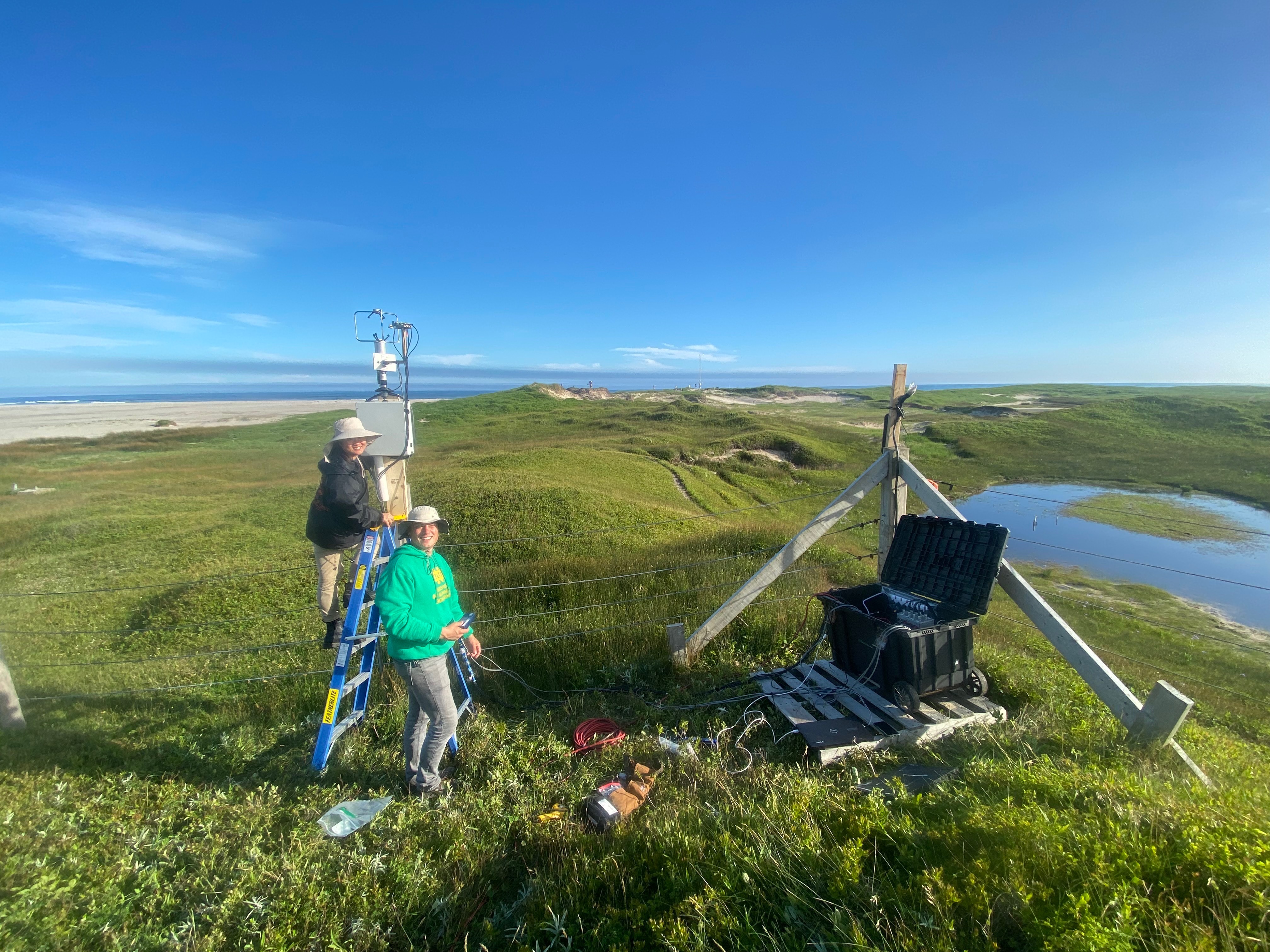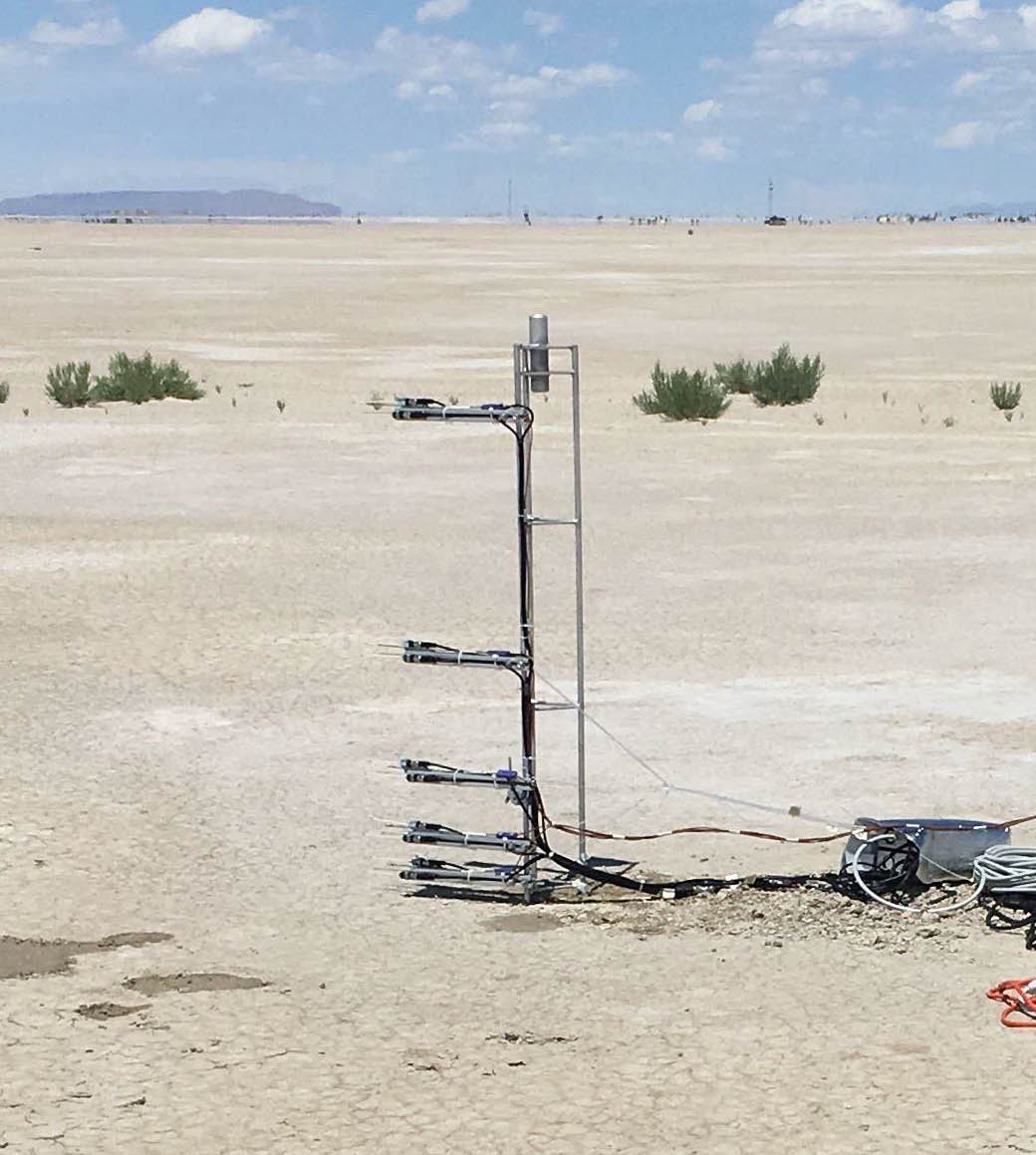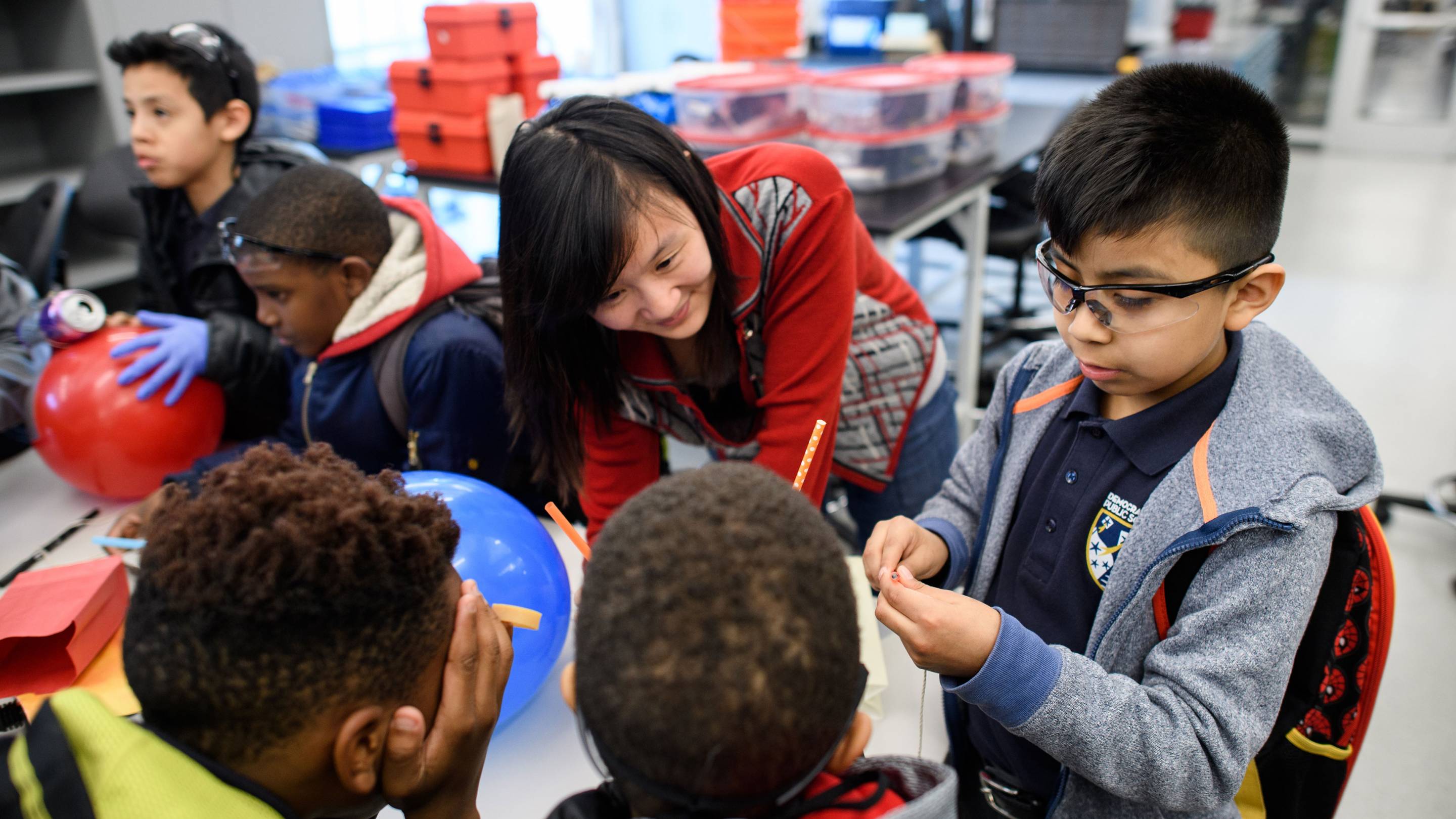Publications
T.J. Hintz, K. Y. Huang, S. W. Hoch, J. Ruiz-Plancarte, and H. J. S. Fernando, “A Mechanism for Coastal Fog Genesis at Evening Transition", Quarterly Journal of the Royal Meteorological Society (in prep).
K. Y. Huang, M. K. Fu, C. Byers, G. G. Katul, and A. D. Bragg, “Logarithmic scaling of higher-order temperature moments in the atmospheric surface layer”, International Journal of Heat and Fluid Flow (2023).
K. Y. Huang, G. G. Katul, T. J. Hintz, J. Ruiz-Plancarte, and H. J. S. Fernando, “Fog intermittency and criticality”, Atmosphere (2023).
H.J.S. Fernando, S. Wang, K. Y. Huang, and E. Creegan, “Fog-laden density staircases in marine atmospheric boundary layer”, Environmental Fluid Mechanics (2023).
K. Y. Huang and G. G. Katul, “Profiles of high-order moments of longitudinal velocity explained by the random sweeping decorrelation hypothesis”, Physical Review Fluids (2022).
K. Y. Huang, C. E. Brunner, M. K. Fu, K. Kokmanian, T. Morrison, A. O. Perelet, M. Calaf, E. Pardyjak, and M. Hultmark, “Investigation of the Atmospheric Surface Layer Using a Novel High-resolution Sensor Array”, Experiments in Fluids (2021).
K. Y. Huang, G. G. Katul, and M. Hultmark, “Velocity and Temperature Dissimilarity in the Surface Layer Uncovered by the Telegraph Approximation”, Boundary-Layer Meteorology (2021).
Presentations
Huang, K. Y., Experimental Methods for Understanding Turbulence in the Lower Atmosphere, University of Notre Dame (2021). Environmental Fluid Mechanics Seminar.
Huang, K. Y., From Mosquitos to Weather Models — Understanding Turbulence in the Lower Atmosphere, Cooper Union (2020). Guest Lecture.
Huang, Y., Katul, G., and Hultmark, M., Velocity and Temperature Dissimilarity in the Surface Layer Uncovered by the Telegraph Approximation, American Geophysical Union: Fall Meeting (2020). Poster.
Huang, Y., Brunner, C., Pardyjak, E., and Hultmark, M., Simultaneous and Wellresolved Velocity and Temperature Measurements in the Atmospheric Surface Layer, American Geophysical Union: Fall Meeting (2018). Poster.
Huang, Y., Vickers, N., and Hultmark, M., Mimicking Atmospheric Flow Conditions to Examine Mosquito Orientation Behavior, American Physical Society: Division of Fluid Dynamics (2018). Talk.
Huang, Y., Roth-Robbins A., and Williamson, C. H. K., Novel Blade Designs for Urban Mini-Turbines, Cornell Atkinson Center: Creating a Sustainable Future (2015). Pitch and poster.





